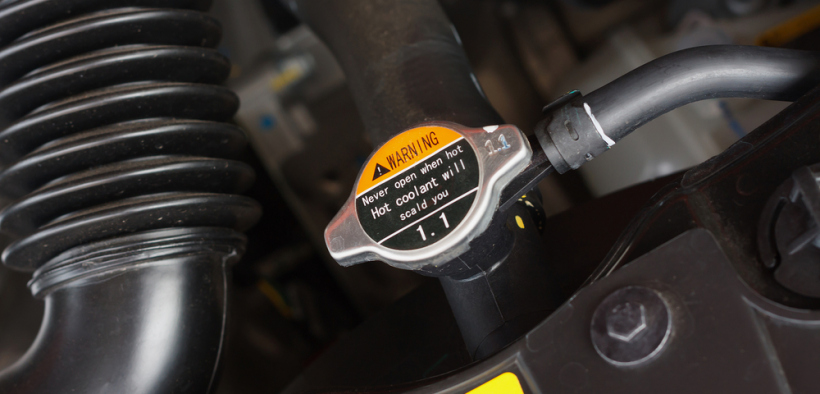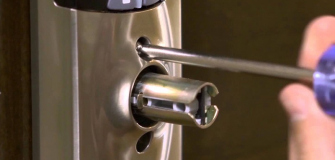Common Problems of the Cooling System
Share

If your car overheats, it will stop to work and this can be a really bad situation. Your car should have proper cooling system that can remove excess heat from the engine. You need to make sure that the cooling system is working on the highest efficiency, so the engine will always stay at the ideal operating temperature. The cooling system should work properly, even in the most punishing condition, such as in desert environment with temperature at 40 degrees Celsius or above. If the cooling system works poorly, overheating could happen, even during a cold winter environment. The system will be able remove excess heat. The combustion process burns fuel at very high frequency and heat will accumulate. If the temperature is high enough, some elements can melt and the engine itself could crack.
The cooling system is usually consisted of radiator, water pump, radiator cap, cooling fan and various hoses to transport the coolant. When an optimum situation inside the combustion chamber takes place, the temperature could reach 4,000 degrees Fahrenheit. When the system works optimally, it could remove a third of the heat generated by the engine. The coolant will have indirect contact with the hottest parts of the engine, such as the cylinder walls, valve guides and valve seats. The cooling passages will absorb heat from these engine components. The coolant will be circulated back to the radiator. The fan and radiator will remove the heat from the coolant outside the car. Then, the coolant will be come back through the engine.
There are various problems that could happen to the cooling system. Here are things that you should be aware of:
- Broken tubing: This could happen when the tubing and hoses wear out and cause the leak of coolant fluid. If the coolant level is low, the system won’t be able to properly cool the engine. This would cause the engine to overheat.
- Broken fan belt: The water pump is needed to circulate the coolant and it’s powered by the engine, using a fan belt. The belt doesn’t last forever and it will eventually wear out due to constant movement. If the water pump doesn’t work, the coolant won’t circulate and engine overheating could happen.
- Damaged radiator cap: The cap is needed to hold the pressure inside the cooling system. It needs to hold up to 12 PSI. Common problem with the cap is if the seal wears out, causing steam to escape and reducing the overall level of coolant. This could become a problem during a hot day and the cooling system will lose pressure.
- Water pump failure: As a constantly moving component, the water pump will eventually fail. When it happens, you will hear a screeching noise. Another indication is that the engine coolant will leak underneath the car. If this happens, the engine will overheat slowly.
It is important to regularly maintain your cooling system by checking all the hoses and belt. Also check whether the coolant level is constantly being reduced.









